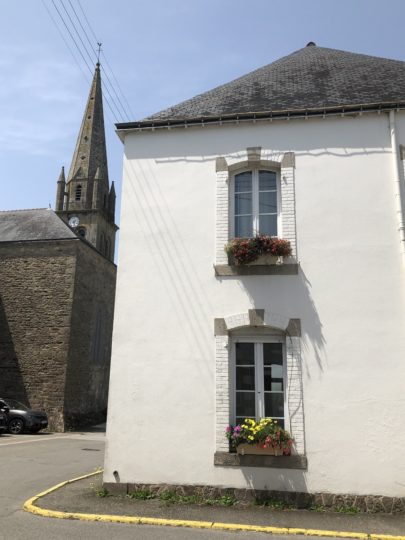There seems to be a bit of confusion over the driving ban (or lack thereof) declared by the city’s Mayor, Anne Hidalgo, last week, in an effort to curb a temporary peak in pollution levels.
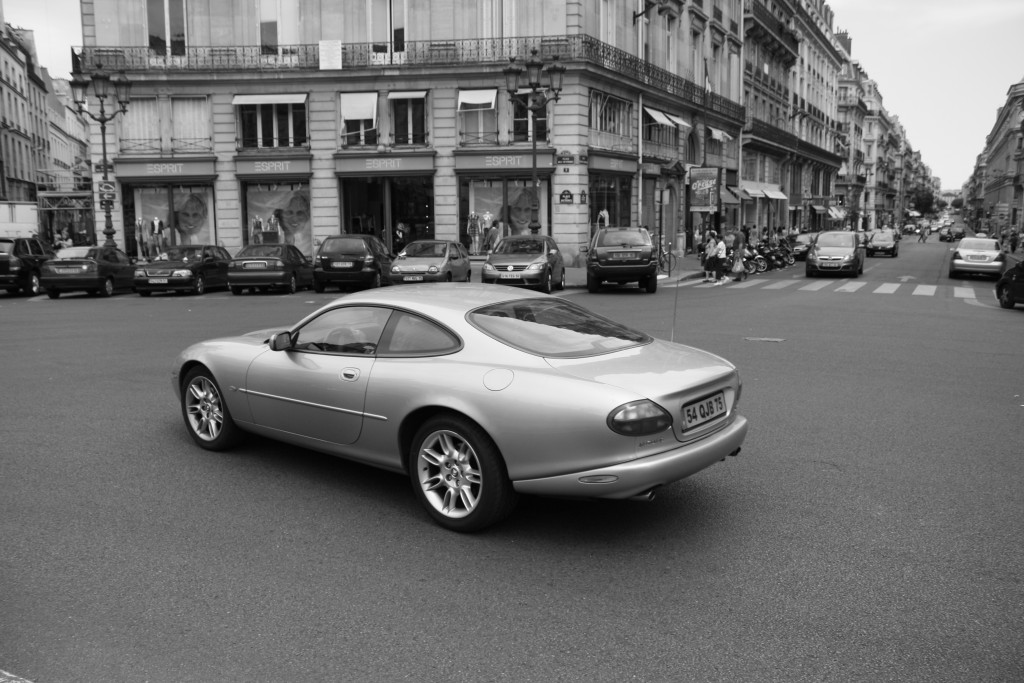
At first, the city was going to allow only cars with license plates ending in an odd number on March 17th, and then only cars with license plates ending in an even number on March 18th. In other words, half as many cars would be on the road each day. Of course there would be exceptions for taxis and emergency vehicles. To ease the burden, public transportation was free all day. In the end, the ban went into effect only for one day.
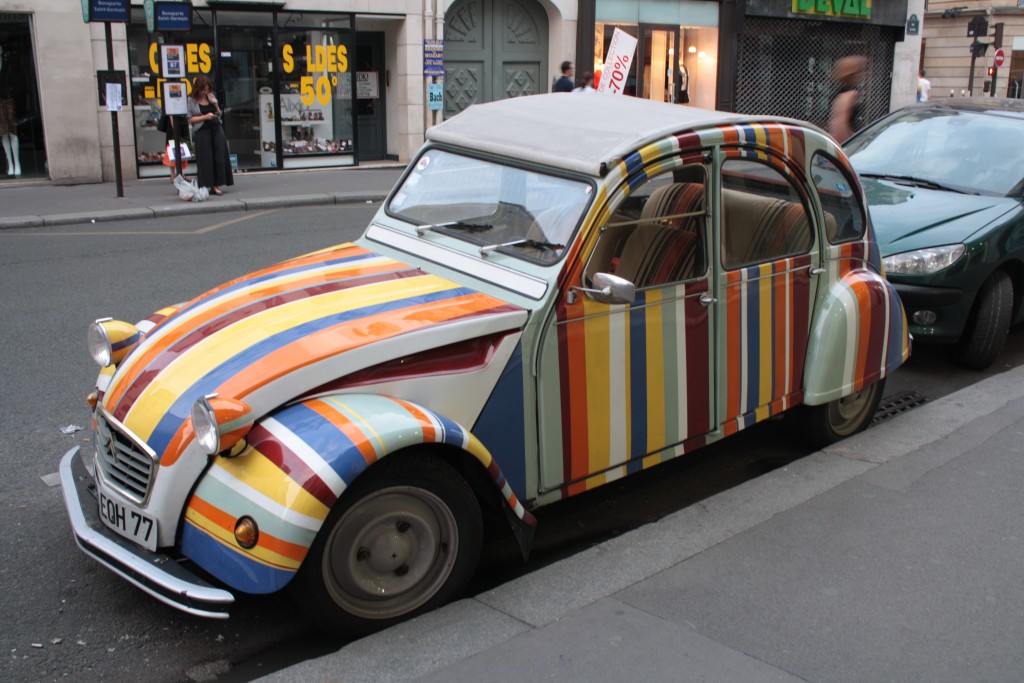
Paris is not the first city to experiment with this type of pollution-control measure. Beijing, for example, began enacting an odd-even scheme in preparation for the 2008 Olympics. It is also not Paris’s first attempt to limit traffic in the compact city center. Recent years have seen the explosion of the bike-sharing system, Velib’, more bike routes and more pedestrian zones.
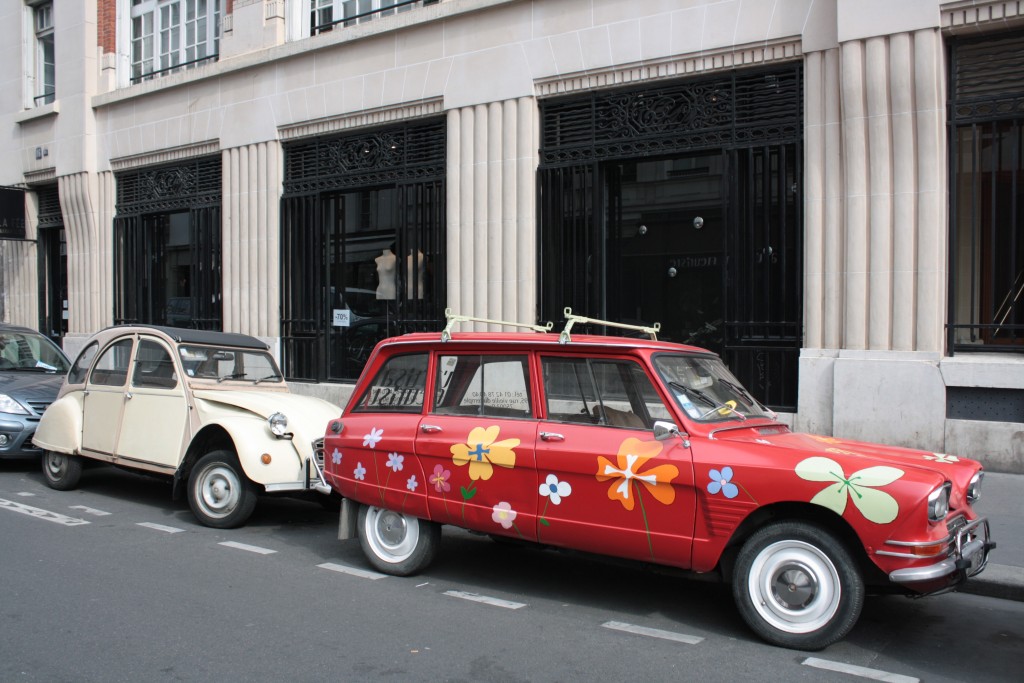
What’s the problem with this approach? Perhaps, aside from the inconvenience, nothing. But some studies have shown that the odd-even approach deflects attention from more long-term solutions such as designing and purchasing cars with lower emission levels.
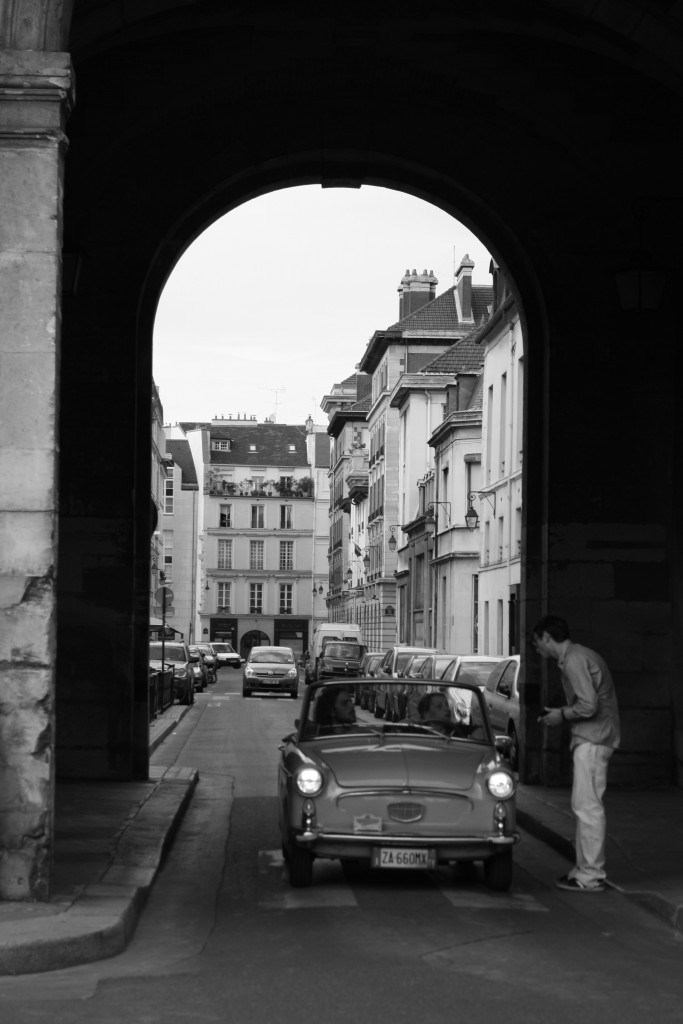
One thing is for sure, there’s far too much traffic in Paris. There are both environmental and practical implications of the growing congestion. Personally, I’d rather know I can jump in a taxi when it’s really necessary and be certain I can actually get somewhere quickly than have the right to drive around whenever and wherever I like. But I know most Parisians would not agree with me….
What do you think?



